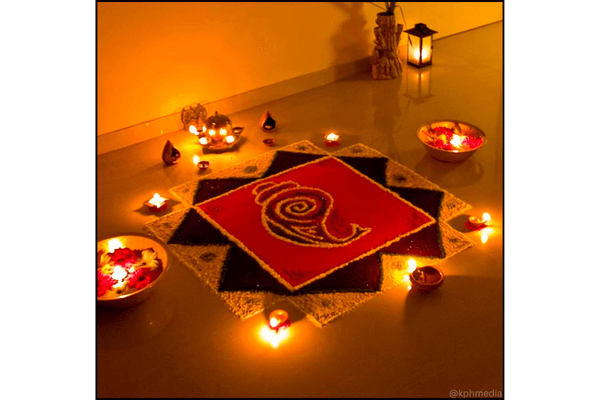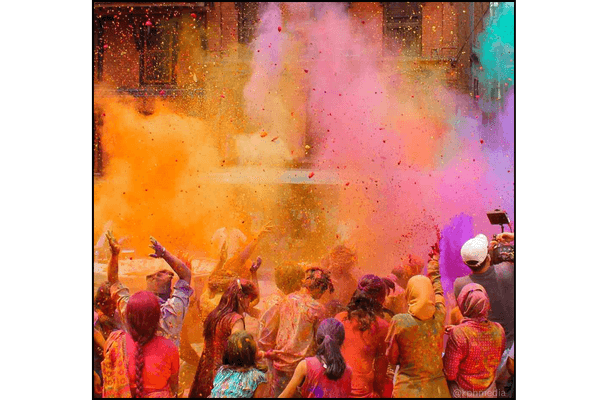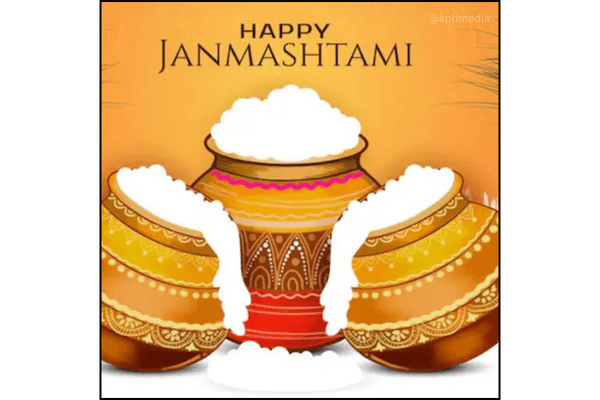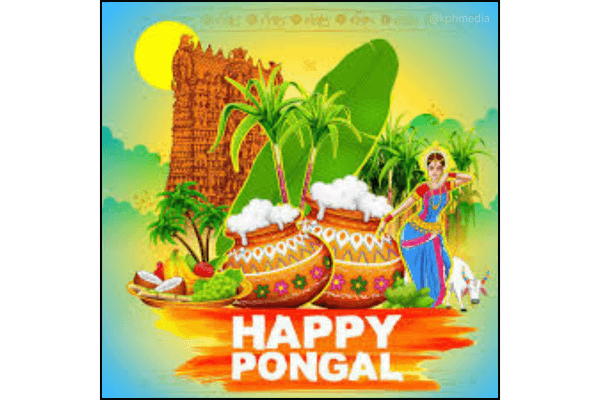Top 10 festivals in India
India is a land of diverse cultures and traditions, and this richness is reflected in its festivals. Each festival, whether religious or cultural, has its own unique rituals, colors, and fervor, drawing people together and celebrating unity in diversity. These festivals in India not only mark significant religious or historical events but also bring families and communities together, creating vibrant moments of joy, love, and peace. Here’s a look at the top 10 festival in India celebrated across India, showcasing the spirit of the country.
-
Diwali – The Festival of Lights
When: October/November
Significance: Celebrates the victory of light over darkness and good over evil, as marked by Lord Rama’s return to Ayodhya.
Celebrations: Homes are decorated with lamps (diyas), rangolis, and flowers; families exchange sweets and gifts; fireworks light up the night sky, and prayers are offered to Lakshmi, the goddess of prosperity.

-
Holi – The Festival of Colors
When: March
Significance: Symbolizes the arrival of spring and the victory of good over evil, celebrated as a tribute to Lord Krishna’s playful spirit.
Celebrations: People play with colors, throw water balloons, and splash colored powder on each other; bonfires are lit to symbolize the destruction of the evil Holika; friends and family share sweets and drinks, including the traditional ‘thandai.’

-
Eid-ul-Fitr – The End of Ramadan
When: Varies, based on the lunar calendar
Significance: Marks the end of the holy month of Ramadan, celebrating the breaking of the fast.
Celebrations: Families gather for prayers at mosques, enjoy a festive meal, and exchange gifts and sweets, especially the traditional ‘seviyan’ (vermicelli pudding). The day is marked by charity, togetherness, and gratitude.

-
Christmas – Celebrating the Birth of Jesus Christ
When: December 25
Significance: Commemorates the birth of Jesus Christ, representing peace, love, and harmony.
Celebrations: People attend midnight masses, decorate Christmas trees, exchange gifts, sing carols, and prepare feasts. The festival is celebrated with great enthusiasm, especially in regions like Goa, Kerala, and the northeastern states.
-
Navratri and Dussehra – Celebrating Good over Evil
When: September/October
Significance: A nine-day festival celebrating the goddess Durga’s victory over the demon Mahishasura, culminating in Dussehra, symbolizing the defeat of Ravana by Lord Rama.
Celebrations: In North India, Ramlila performances are held; in Gujarat, people perform traditional Garba and Dandiya dances; in West Bengal, grand Durga Puja pandals are set up. The festival ends with effigies of Ravana being burnt on Dussehra.

-
Janmashtami – The Birth of Lord Krishna (150 words)
When: August
Significance: Celebrates the birth of Lord Krishna, one of Hinduism’s most loved deities.
Celebrations: In Mathura and Vrindavan, Krishna’s birthplace, the celebrations are particularly grand. People fast, sing devotional songs, reenact scenes from Krishna’s life, and break ‘Dahi Handi’ pots filled with curd, emulating Krishna’s playful nature.

-
Pongal – The Harvest Festival of Tamil Nadu
When: January
Significance: A four-day harvest festival celebrated in Tamil Nadu, dedicated to the Sun God, marking the end of winter.
Celebrations: Families cook a dish called ‘Pongal’ made of rice and milk, decorate their homes, and draw intricate kolam designs. The festival also includes events like Jallikattu (bull-taming sport) and exchanging gifts.

-
Baisakhi – Harvest and New Year Celebration for Sikhs
When: April
Significance: Marks the harvest season in Punjab and the foundation day of the Khalsa for Sikhs.
Celebrations: The day is celebrated with bhangra and gidda dances, prayers in gurdwaras, and feasts. The Golden Temple in Amritsar witnesses grand celebrations, with people offering prayers, singing hymns, and sharing food.

-
Ganesh Chaturthi – Honoring Lord Ganesha
When: August/September
Significance: Commemorates the birth of Lord Ganesha, the elephant-headed god of wisdom and prosperity.
Celebrations: In Maharashtra, the festival is celebrated with much zeal. Families bring idols of Ganesha into their homes, perform prayers, and later immerse the idols in water, symbolizing the cycle of birth and rebirth. Public celebrations feature grand processions and devotional music.

-
Onam – The Harvest Festival of Kerala
When: August/September
Significance: Celebrates the return of King Mahabali, who is believed to visit his subjects once a year.
Celebrations: Houses are adorned with Pookalam (flower rangoli), traditional feasts called ‘Onasadya’ are prepared, and snake boat races are held. Dances like Kathakali are performed, and people wear new clothes to celebrate this beloved festival in India.

Conclusion
Festival in India are a testament to its cultural richness and the spirit of unity in diversity. Each festival in India, with its rituals and customs, celebrates the vibrancy of Indian traditions, bringing together people from different backgrounds. From the joyous splashes of Holi colors to the sacred lights of Diwali, these festivals reflect the values, beliefs, and stories that have been passed down through generations. They are not just occasions of festivity but reminders of India’s shared heritage and harmony, making India a land of celebrations.
Read More: Top 5 Yoga Tips For Weight Loss| KPH Media

Leave a Reply